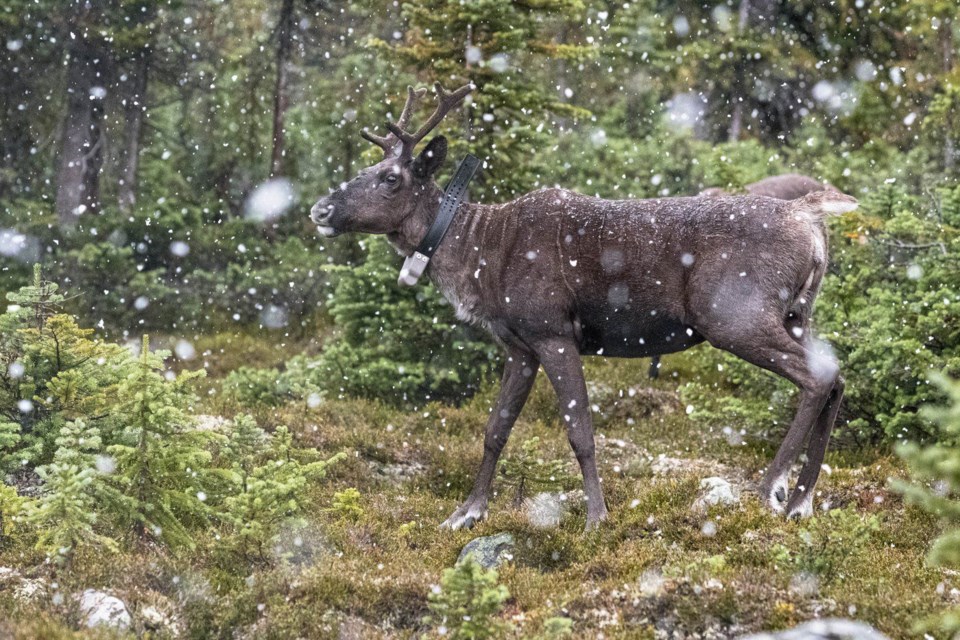The numbers are in for the Tonquin and Brazeau herds, the two caribou populations that are monitored by Parks Canada in Jasper National Park.
Both herds have achieved relatively stable numbers over the last several years. At last count, there is an estimated 50 individuals (including between eight and 13 reproductive females) for the Tonquin herd and approximately 10 individuals (including three or fewer reproductive females) for the Brazeau herd.
Stable numbers are good but higher numbers would be better, said Jean François Bisaillon, project manager for the Jasper Caribou Recovery Program.
"Both populations are small and too small to recover by themselves: just not enough females to make sure that the population is growing back to where it should be," he said.
These two herds are not the only caribou populations that make or have made Jasper National Park their home. The Maligne herd has been considered extirpated since 2018, but Parks Canada still conducts an annual survey for signs of it. The partially migratory À la Pêche population is primarily managed and monitored by the Government of Alberta. That herd has an estimated 160 individuals.
With no changes to the numbers of the Tonquin and Brazeau populations, Bisaillon takes that as a positive.
"It shows that the measures that we're implementing are to some extent successful or making a difference. We've taken a number of measures over the last few years. Stable is good news," he said.
"It's giving us a little bit more confidence that we can build the breeding facility in time, and then give a boost to the Tonquin so we can be successful."
One of those measures includes seasonal closures of critical habitat in backcountry areas that are used by the Tonquin, Brazeau and the À la Pêche herds. Doing so prevents the creation of packed snow trails from the valley bottom to high-elevation areas, which would give easier access to predators.
One of the caribou's primary defences in wintertime is its ability to move about where the snow is too deep for wolves. Research also shows that trails packed by snowmobiles, backcountry skiers, snowboarders and snowshoers can increase wolf predation on caribous.
Those closures cover almost 3,000 square kilometres of caribou habitat. They will stay in effect until May 15. Parks Canada offers full details of the affected areas on its website.
Other pertinent measures include implementing reduced speed zones on the Icefields Parkway during critical times of the year. Parks Canada also assesses all projects in Jasper National Park to make sure that comply with the Species at Risk Act to ensure that they don't destroy habitat or create more disturbance. Everything, including how roadkill is disposed of, is done in a way to not artificially sustain predators in the park, Bisaillon said.
To confirm that the caribou have the best possible conditions to recover, Parks Canada also monitors wolf populations.
"Our magic number that we're trying to maintain is less than three wolves per 1,000 square kilometres. In the past few years, we've been under that number," Bisaillon said.
"The conditions for caribou recovery in Jasper are really good. We have low disturbance. We have a lot of conservation or recovery measures in place. We have low wolf density currently, and we don't expect these conditions to change anytime soon. I think all the conditions are there to be successful with caribou recovery in Jasper."




